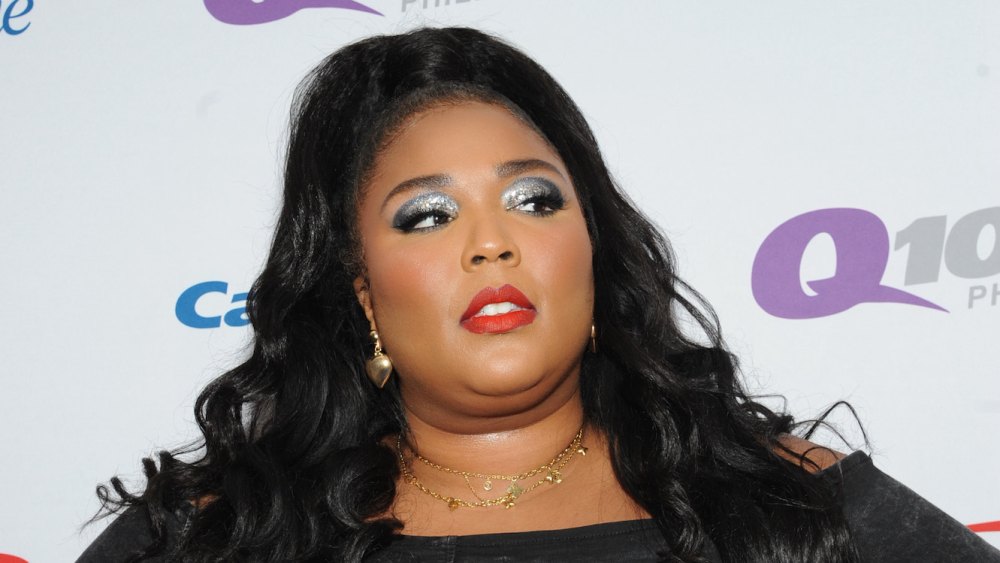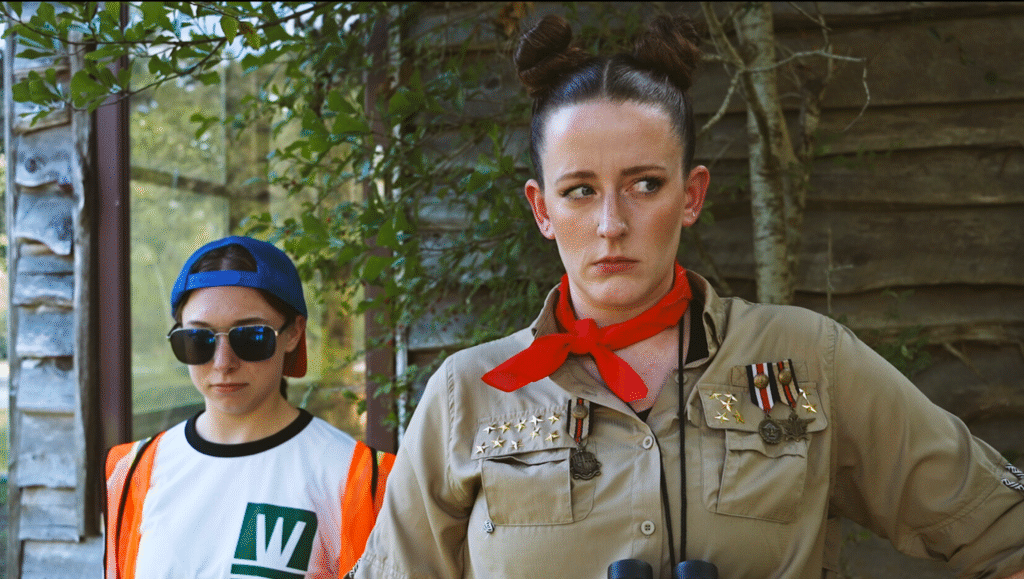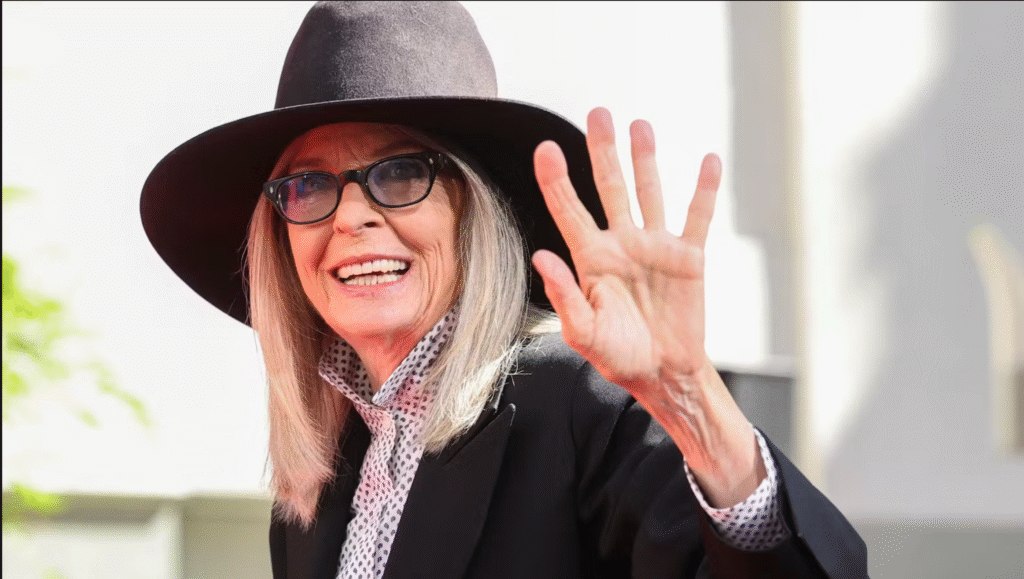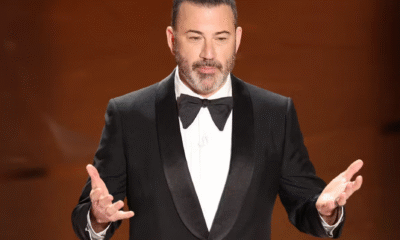Entertainment
Lizzo’s Former Dancers Aren’t Backing Down in Lawsuit, Attorney Says on August 3, 2023 at 2:50 pm Us Weekly

Three of Lizzo’s former backup dancers filed a workplace harassment lawsuit against the musician — and they are prepared to take their complaint to trial.
“We never know. Most cases do settle, but this is one I can easily see going to trial, because sometimes entertainers, whether it’s just denial or narcissism, they’re unwilling to accept that they maybe have done something wrong,” attorney Neama Rahmani exclusively told Us Weekly on Wednesday, August 2. “So we’ll see [if] Lizzo comes out and denies all this and digs in [her] heels, then we’re gonna litigate this case and we’re gonna go to trial. Or does she come out and issue some sort of apology for how [she] and her management acted towards these women? Then, maybe there’s gonna be a resolution possible. The ball’s in Lizzo’s court now, and we’ll see what she and her lawyers do, and that’ll really determine whether this case gets litigated or tried.”
Us confirmed on Tuesday, August 1, that three of the 35-year-old Grammy winner’s backup dancers — Arianna Davis, Crystal Williams and Noelle Rodriguez — filed a lawsuit against Lizzo after allegedly experiencing a hostile work environment, religious harassment, disability discrimination and sexual harassment. The trio are represented by Rahmani’s firm, West Coast Trial Lawyers.
MediaPunch/Shutterstock
“For me, the most shocking allegations relate to the sexual harassment. You’re talking about sex shows and dildos and bananas and dildos and vaginas and bananas and vaginas. I mean, you have a male employee’s naked [and] he’s being whipped by a female performer who’s also naked,” Rahmani told Us of the complaint. “You have, one of our clients, Arianna, who’s forced to touch one of the new dancers. So this is just completely inappropriate in any workplace, but for Lizzo to essentially compel [her] employees to participate in this type of activity, it’s unlawful.”
He added: “The reason sexual harassment laws exist is to protect employees because there’s such a disparity in power. So I can’t be a creepy boss and, for instance, ask one of my employees on a date because you know what? That employee may be compelled to say yes. You can’t say no to your boss because you’re worried about getting fired.”
Lizzo broke her silence on the lawsuit one day later, categorically denying the claims as “false,” “unbelievable” and “too outrageous not to be addressed.”
“There is nothing I take more seriously than the respect we deserve as women in the world,” Lizzo wrote via her Instagram on Thursday, August 3. “I know what it feels like to be body-shamed on a daily basis and would absolutely never criticize or terminate an employee because of their weight. I’m hurt but I will not let the good work I’ve done in the world be overshadowed by this.”
Rahmani told Us that how Lizzo addressed the allegations, which he expected to include a full denial, would impact his team’s legal strategy moving forward. After Lizzo released her statement on Thursday, Rahmani’s colleague attorney Ron Zambrano slammed her response.
“Lizzo has failed her own brand and has let down her fans. Her denial of this reprehensible behavior only adds to our clients’ emotional distress,” Zambrano said in a Thursday statement. “The dismissive comments and utter lack of empathy are quite telling about her character and only serve to minimize the trauma she has caused the plaintiffs and other employees who have now come forward sharing their own negative experiences.”
Zambrano continued: “While Lizzo notes it was never her intention ‘to make anyone feel uncomfortable,’ that is exactly what she did to the point of demoralizing her dancers and flagrantly violating the law.”
Rahmani further noted that the dancers are “devastated” that Lizzo’s on-camera persona is not the same behind the scenes. “They thought the Lizzo that you see on TV and the Lizzo that is on when the cameras are rolling would be the same Lizzo and would treat them fairly, but unfortunately it just wasn’t the case,” he noted on Wednesday.
While Davis, Williams and Rodriguez are upset about losing their “dream jobs” and allegedly experiencing traumatic events, Rahmani said they are “feeling better” now that other individuals have come forward with similar stories.
“There’s really strength in numbers and, you know, similar to the Me Too movement that really addressed rich and powerful men, those aren’t the only people that can harass or discriminate against young women, especially the young women of color who really were in a position where their boss was discriminating against their medical condition and forcing their religious beliefs on them,” Rahmani told Us. “There are racial issues and, of course, the sexual harassment. They are beyond devastated. They lost their job, something that was their dream job, and I’m really trying to pick the pieces up right now.”
Us Weekly has reached Lizzo for comment.
With reporting by Christina Garibaldi
Three of Lizzo’s former backup dancers filed a workplace harassment lawsuit against the musician — and they are prepared to take their complaint to trial. “We never know. Most cases do settle, but this is one I can easily see going to trial, because sometimes entertainers, whether it’s just denial or narcissism, they’re unwilling to
Us Weekly Read More
Entertainment
California Bans AI Clones from Replacing Real Talent

California just made a dramatic stand for human creativity, defeating the threat of AI actor clones with a sweeping new law that puts people—not algorithms—back in the Hollywood spotlight. With the stroke of Governor Gavin Newsom’s pen in October 2025, the state has sent a clear message to studios, tech companies, and the world: entertainment’s heart belongs to those who create and perform, not to digital facsimiles.
California Draws a Hard Line: No More AI Clones
For months, the entertainment industry has been divided over the use of artificial intelligence in filmmaking. Studios, lured by promises of cost-cutting and creative flexibility, have invested in software that can mimic an actor’s face, voice, and even emotional range. But for performers, this wave of synthetic reproduction has triggered alarm—encouraged by chilling stories of deepfakes, unauthorized digital doubles, and contracts that let studios reuse a star’s likeness indefinitely, sometimes without pay or approval.
The new California law, anchored by AB 2602 and AB 1836, changes everything:
- Every contract must explicitly detail how studios can use digital replicas or voice models, preventing once-common “blank check” agreements that overlooked this risk.
- No one—not studios nor streaming giants—can create or release AI-generated clones of an actor, living or dead, without clear, written consent from the performer or their estate.
- The law gives families new powers to defend loved ones from posthumous deepfake exploitation, closing painful loopholes that once let virtual versions of late icons appear in new ads, films, or games.
Actors Celebrate a Major Victory
The legislation rides the momentum of the recent SAG-AFTRA strike, where real-life talent demanded control over their own digital destinies. Leaders say these protections will empower artists to negotiate fair contracts and refuse participation in projects that cross ethical lines, restoring dignity and choice in an industry threatened by silent algorithms.
Stars, unions, and advocacy groups are hailing the law as the most robust defense yet against unwanted AI replications.
As one actor put it, “This isn’t just about money—it’s about identity, legacy, and respect for real artists in a synthetic age.”
A New Chapter for the Entertainment Industry
California’s move isn’t just a victory for local talent—it’s a warning shot to studios everywhere. Companies will now be forced to rethink production pipelines, consult legal counsel, and obtain proper clearance before digitally cloning anyone. Global entertainment platforms and tech developers will need to comply if they want to do business in the world’s entertainment capital.

These laws also set a template likely to ripple through other creative fields, from musicians whose voices can be synthesized to writers whose work could be mimicked by generative AI. For now, California performers finally have a powerful shield, ready to fight for the right to shape their own public image.
Conclusion: Human Talent Takes Center Stage
With its no-nonsense ban on AI actor clones, California draws a bold line, championing the work, likeness, and very humanity of its creative stars. It’s a landmark step that forces the entertainment industry to choose: respect real talent, or face real consequences. The age of the consentless digital double is over—human performers remain the true source of Hollywood magic.
Entertainment
Chaos and Comedy: Darby Kingman’s “Camp Wackapoo: Rise of Glog”

Darby Kingman’s “Camp Wackapoo: Rise of Glog” redefines summer camp comedy with a wild, energetic story about ambition, chaos, and the joy of embracing the unexpected. The film centers on a relentlessly competitive camp counselor who’s determined to finish first—only to face a motley crew of unruly campers and a summer unlike any other.
As Darby puts it, “Not everything is that deep. It really honestly was to make people laugh. She has all these kids that are not working with her and she’s just losing her mind. It’s crazy, silly, goofy, and it was a blast.”
What started as a simple scene for Darby’s acting reel evolved into a full-fledged film with encouragement from her mentor at Debbie Reynolds Acting School. Darby dove into every role—writing, directing, starring, and meticulously preparing each prop and costume. “Plan and prepare, but also be flexible and ready to be in the moment—that’s when the magic happens,” she advises.
Working with a handpicked cast of her own dance students, Darby built an atmosphere of real teamwork and camaraderie. She credits the “precious” energy of her young cast, her creative director of photography, and the overall spirit of her production team for turning the project into something bigger than herself. Her experience is an inspiring blueprint for indie filmmakers:
“Take initiative and control of your career. You can’t just sit around and wait for somebody to pick you. Figure out what you’re good at and go for it. Create something that brings joy to others.”

Her production motto? “Preparation is key, but you have to be ready to go with the flow—that’s when the magic happens.” Darby’s fearless creativity, focus on collaboration, and love for comedy shine throughout “Camp Wackapoo: Rise of Glog.” It’s more than just a camp satire—it’s a heartfelt testament to hard work, original humor, and leadership from the ground up: “People need to laugh right now. That’s a win.”
Catch “Camp Wackapoo: Rise of Glog” and experience Darby’s infectious energy and comic genius at the Deluxe Theatre on November 1, 2025. Get your tickets now at Houstoncomedyfilmfestival.com.
Entertainment
Diane Keaton Dies at 79

The world of film and entertainment is mourning the loss of Diane Keaton, an Oscar-winning actress renowned for her enduring talent, individuality, and influence on generations of performers and fans. Keaton died at the age of 79 in California on Saturday, October 11, 2025, her family confirmed. Details remain private, with her family requesting privacy as they grieve this profound loss.

A Distinctive Talent
Diane Keaton rose to fame in the 1970s through a series of memorable roles, most notably as Kay Adams in “The Godfather” trilogy and as the quirky, unforgettable lead in Woody Allen’s “Annie Hall,” for which she won the Academy Award for Best Actress. Her performances in films like “The First Wives Club,” “Something’s Gotta Give,” and the “Book Club” series solidified her reputation as an actress with unique comedic timing and dramatic depth. Keaton was celebrated not only for her artistry but also for her androgynous fashion sense, characterized by menswear-inspired looks, hats, and an easy, effortless style that influenced generations.
Legacy and Tributes
Following the news of her passing, tributes poured in from Hollywood and beyond. Bette Midler, Goldie Hawn, and Jane Fonda were among the countless stars who expressed devastation and admiration for Keaton’s incomparable legacy. Hawn recalled their friendship and collaborations, writing: “Diane, we aren’t ready to lose you…you stole the hearts of the world and shared your genius with millions”. Midler echoed the sentiment, praising Keaton as “brilliant, beautiful, extraordinary” and a truly original presence in Hollywood.

Private Struggles and Final Months
Though fiercely independent and known for her openness, Keaton kept her declining health private in her final months. Friends and neighbors noticed her retreat from public life and social media, and she was recently seen less often in her Brentwood neighborhood. In the past, Keaton candidly discussed her ongoing battles with skin cancer and bulimia, openly advocating for personal health and authenticity.
Remembering Diane Keaton
Diane Keaton leaves behind a legacy defined by her fearless performances, unique style, and enduring influence on the arts. She is survived by her two children, Dexter and Duke. As Hollywood and her global fanbase mourn, her pioneering spirit and unmistakable voice will continue to inspire generations.

 Business3 weeks ago
Business3 weeks agoDisney Loses $3.87 Billion as Subscription Cancellations Surge After Kimmel Suspension

 Entertainment3 weeks ago
Entertainment3 weeks agoWhat the Deletion Frenzy Reveals in the David and Celeste Tragedy

 Entertainment4 weeks ago
Entertainment4 weeks agoABC Suspends ‘Jimmy Kimmel Live!’ Indefinitely After Kirk Remarks

 Entertainment3 weeks ago
Entertainment3 weeks agoExecutive Producer Debut: How Celia Carver Created Festival Hit ‘Afterparty’

 Business4 weeks ago
Business4 weeks agoThe Rise Of Bullsh*t Jobs: Why Gen Z Hates Work

 Health3 weeks ago
Health3 weeks agoRussia Claims 100% Success With New mRNA Cancer Vaccine

 Film Industry4 weeks ago
Film Industry4 weeks agoCan Movie Theaters Steal the Show from Streaming?

 News4 weeks ago
News4 weeks agoBody of Missing Teen Found in Tesla Linked to Musician D4vd





























